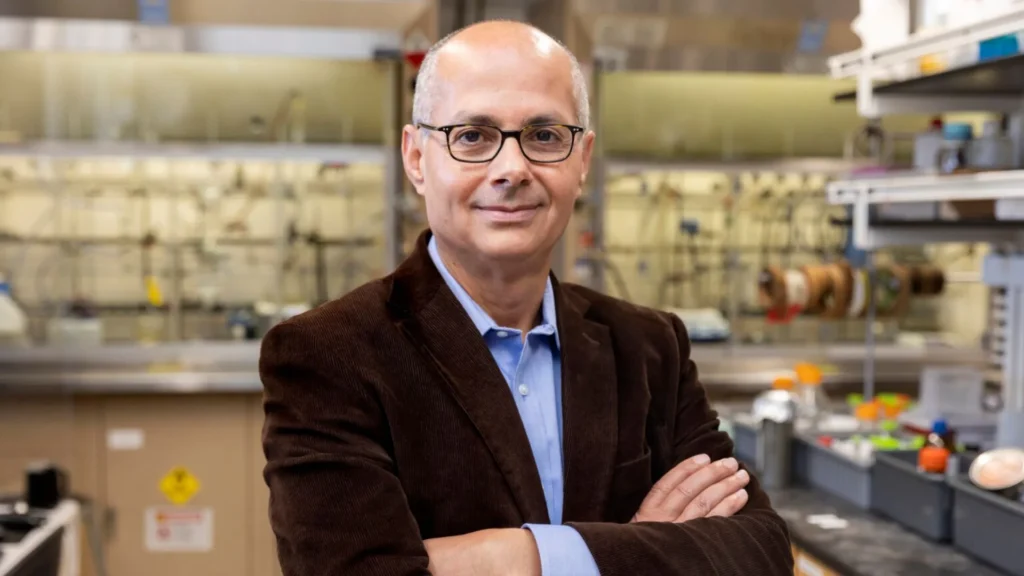Omar Yaghi, a chemist and professor at the University of California at Berkeley, has been awarded the 2025 Nobel Prize in Chemistry for his work on metal-organic frameworks (MOFs), a type of porous material capable of extracting water vapor from the air, even in desert climates.
Technology that converts dry air into potable water
The MOF structures developed by Yaghi and his team function like molecular sponges. During the night, they absorb moisture from the air. When exposed to solar radiation during the day, they release water vapor that condenses inside the system, generating water ready to be harvested.
This process does not require electricity or pumping systems. It works with passive solar energy and is designed to operate in regions with very low relative humidity, such as the Arizona desert, where it was successfully tested.
From the laboratory to the real application
The first functional version used MOF-801, a zirconium-based composite. Later, Yaghi led the development of MOF-303, a more efficient and economical aluminum-based variant capable of doubling water uptake and reducing production costs.
This evolution allows us to envision its scalability in remote communities or communities with limited water infrastructure.
Each kilogram of material can generate between 200 and 400 ml of water per day, depending on environmental conditions. Although the volumes may seem modest, the system is completely autonomous and can be installed at the domestic level, without connection to the power grid or specialized maintenance.
Winning the Nobel Prize
The Nobel committee highlighted the usefulness of these structures in the fight against climate change and equitable access to water. Yaghi shares the award with scientists Susumu Kitagawa (Japan) and Richard Robson (Australia), who also contributed to the development of this technology.

In addition to their application in water harvesting, MOFs can be used to store gases, capture CO₂ and catalyze chemical reactions. However, it has been their ability to provide concrete solutions in contexts of water scarcity that has captured global attention.
The breakthrough comes at a time when demand for drinking water is multiplying and traditional sources are threatened by desertification, depletion of aquifers and climate change. From his Berkeley lab, Yaghi continues to perfect these materials, with an eye toward mass deployment.
Source and internal photo: University of California, Berkeley
Main photo: shutterstock


